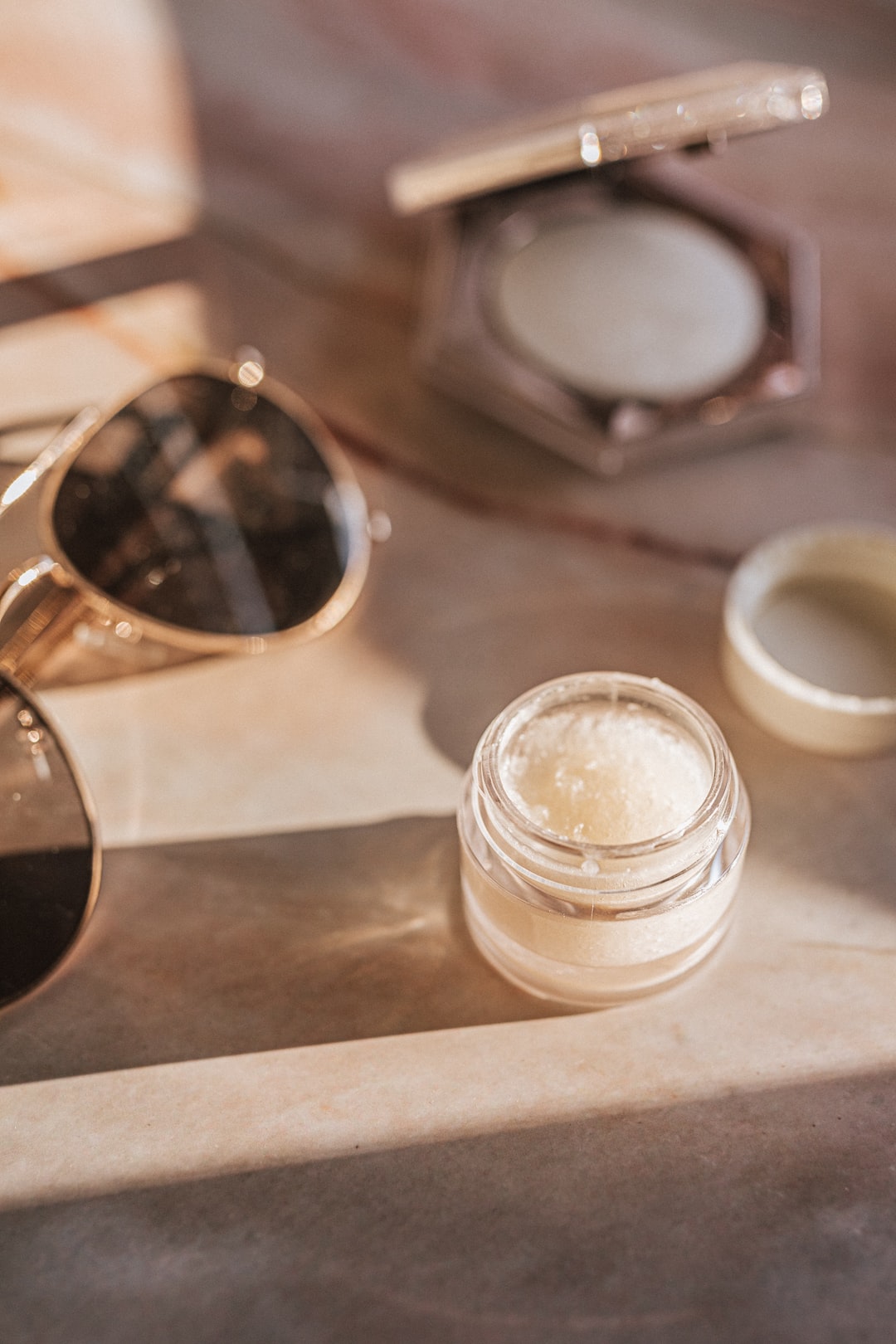Choosing the right skincare products for your skin type is crucial in maintaining a healthy and glowing complexion. With a myriad of options available in the market, it can be overwhelming to find the perfect products that cater to your specific needs. However, understanding your skin type and knowing what ingredients to look for can simplify the process and help you create an effective skincare routine. In this blog post, we will guide you through the steps to choose the right skincare products for your skin type.
Step 1: Determine Your Skin Type
The first step in selecting skincare products is identifying your skin type. There are generally four different skin types: oily, dry, combination, and sensitive.
– Oily skin tends to produce excess sebum and is prone to acne and blemishes.
– Dry skin lacks moisture and often feels tight and flaky.
– Combination skin refers to having both oily and dry areas. The T-zone (forehead, nose, and chin) is usually oilier, while the cheeks may be drier.
– Sensitive skin is prone to irritation, redness, and can react negatively to certain ingredients.
By understanding your skin type, it becomes easier to avoid products that may aggravate your skin and focus on those that address your specific concerns.
Step 2: Read the Ingredients List
Once you’ve identified your skin type, it’s important to familiarize yourself with common skincare ingredients and their benefits. Analyzing the ingredients list on product labels is crucial in selecting the right products.
For oily skin, look for products containing ingredients like salicylic acid, tea tree oil, or witch hazel, as they have anti-inflammatory and oil-controlling properties. Avoid heavy creams and opt for oil-free or water-based moisturizers.
Dry skin requires products that restore and retain moisture. Seek out ingredients such as hyaluronic acid, ceramides, or glycerin, as they provide hydration to combat dryness and improve the skin barrier function. Rich moisturizers, oils, and creams will be beneficial for this skin type.
Combination skin requires a balanced approach. Use lightweight hydrating products for the dry areas and oil-absorbing ingredients like clay or charcoal for the oily areas. Gel-based moisturizers and oil-free products are excellent options for combination skin.
Sensitive skin individuals should opt for products formulated with gentle and soothing ingredients such as aloe vera, chamomile, or oatmeal. Avoid products with fragrances, alcohol, and harsh chemicals that can potentially trigger sensitivity issues.
Step 3: Test the Products
Before committing to a full-size product, it is wise to test it on a small patch of skin. Apply a dime-sized amount of the product on your forearm or behind the ear and observe for any adverse reactions. This step is especially crucial for those with sensitive skin to avoid potential irritation or allergic reactions.
Step 4: Seek Recommendations and Reviews
Researching and seeking recommendations from trusted sources or skincare professionals can be immensely helpful in selecting the right skincare products. Reading online reviews from other users who share your skin type and concerns can provide valuable insights and help you make more informed decisions.
Step 5: Build a Skincare Routine
Now that you’ve identified your skin type and chosen suitable products, it’s time to build a skincare routine. A basic routine includes cleansing, toning, moisturizing, and protecting your skin from the sun with SPF. However, you can add serums, exfoliants, or masks targeting specific concerns such as acne, wrinkles, or dullness.
Remember, consistency is key. Give each product enough time to work its magic, but if you notice any adverse reactions or worsening of your skin condition, discontinue use and consult a dermatologist.
In conclusion, choosing the right skincare products for your skin type involves understanding your individual needs, reading ingredient labels, testing products, seeking recommendations, and building a consistent skincare routine. By following these steps, you will pave the way for achieving healthier, radiant, and well-nourished skin.


